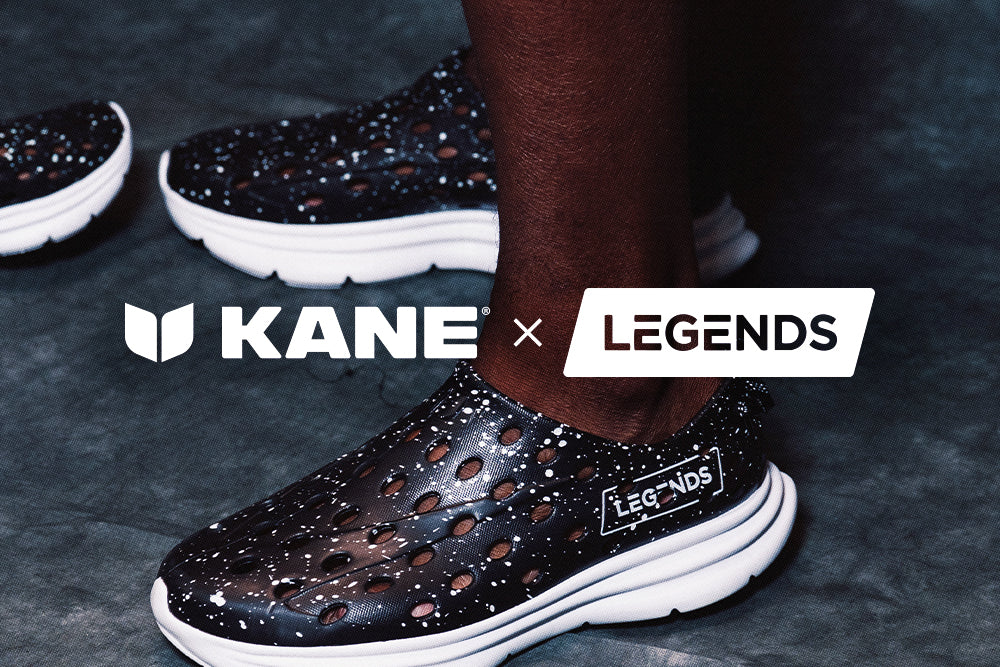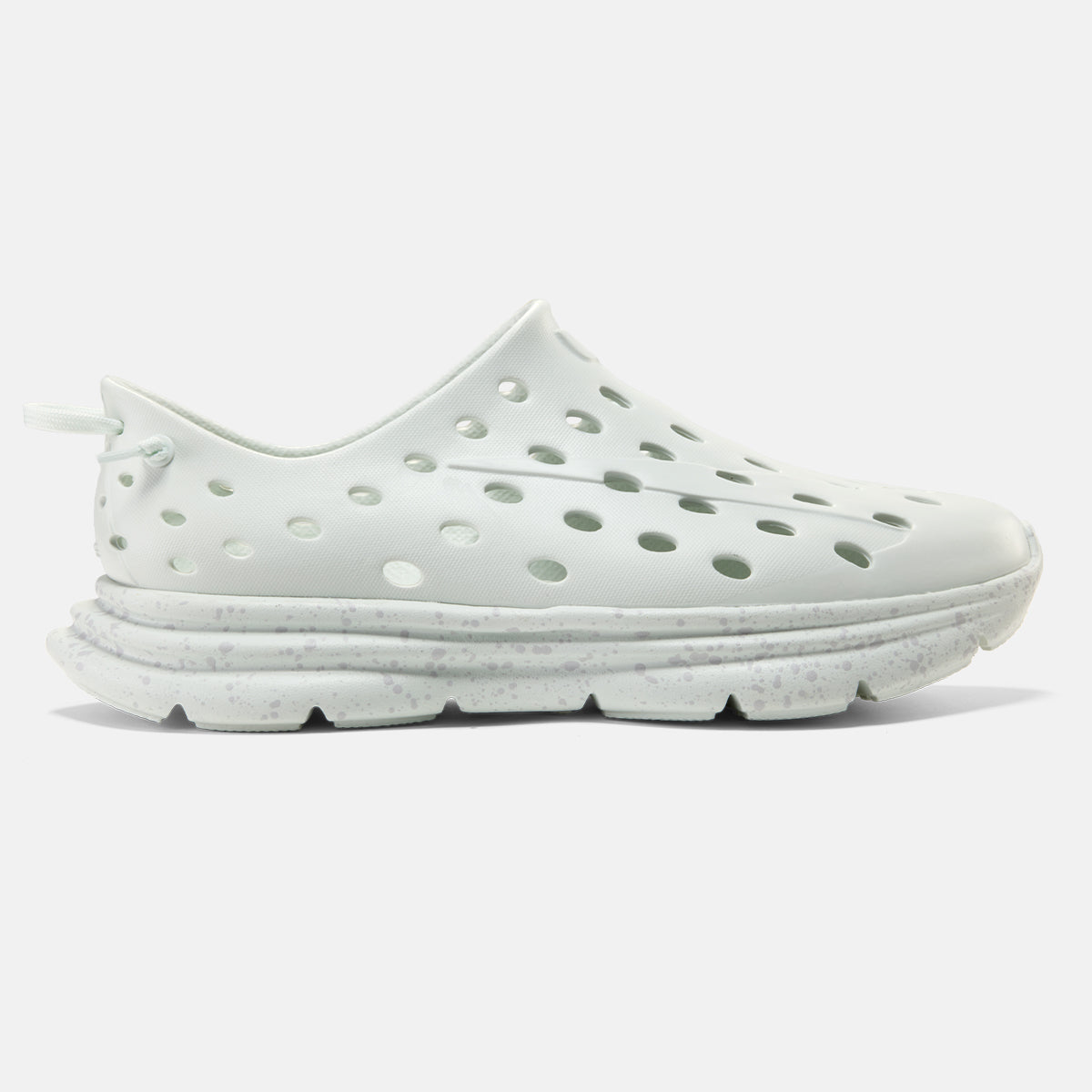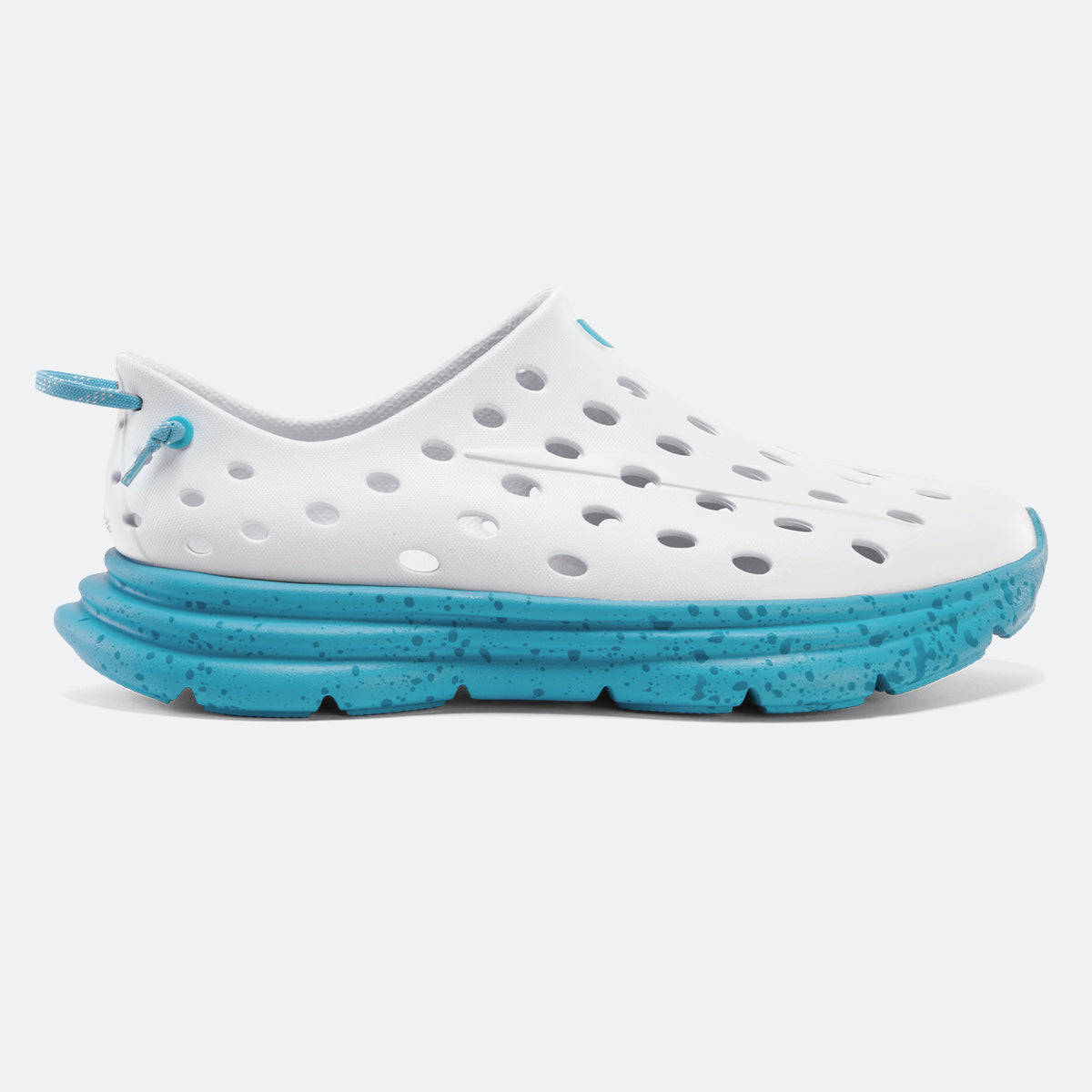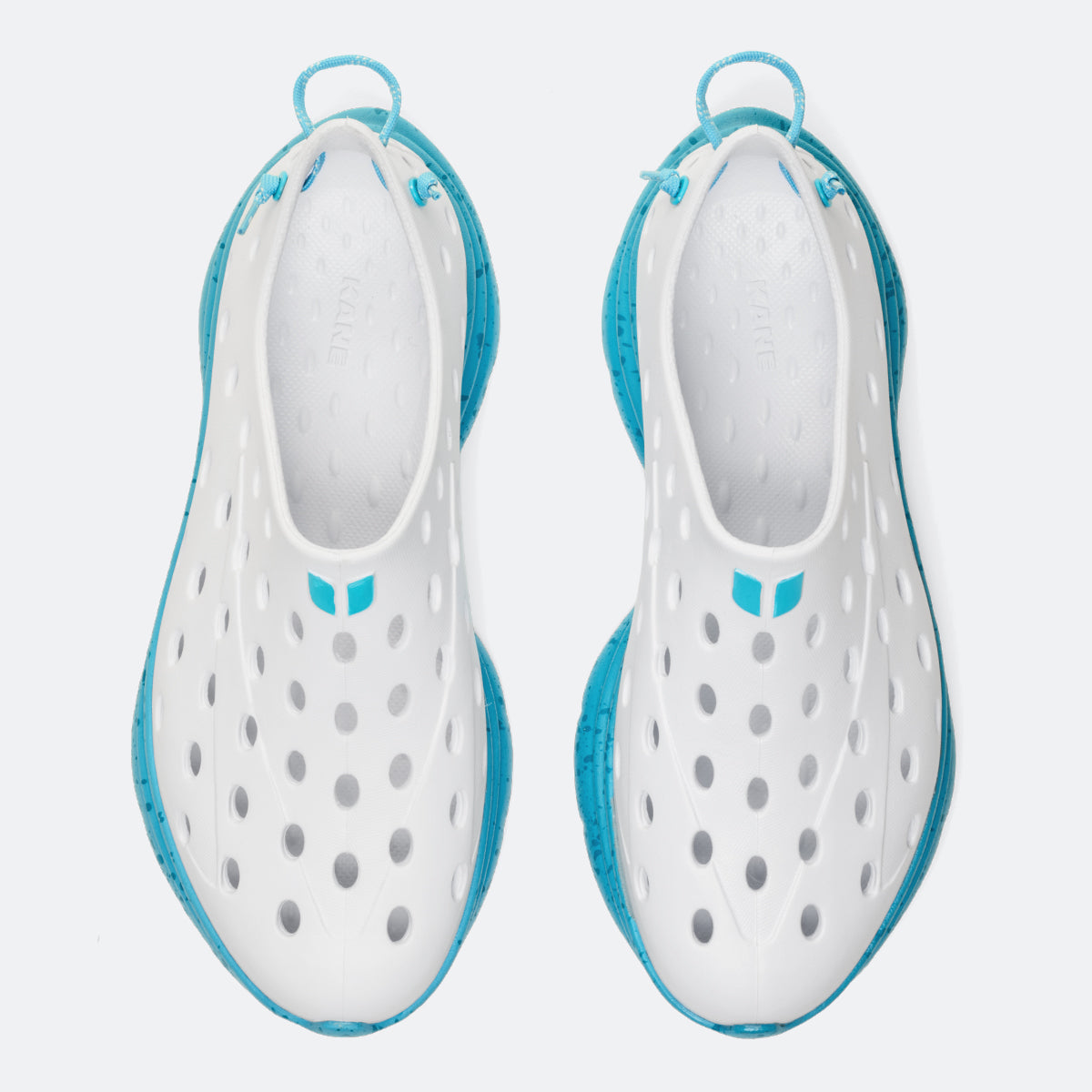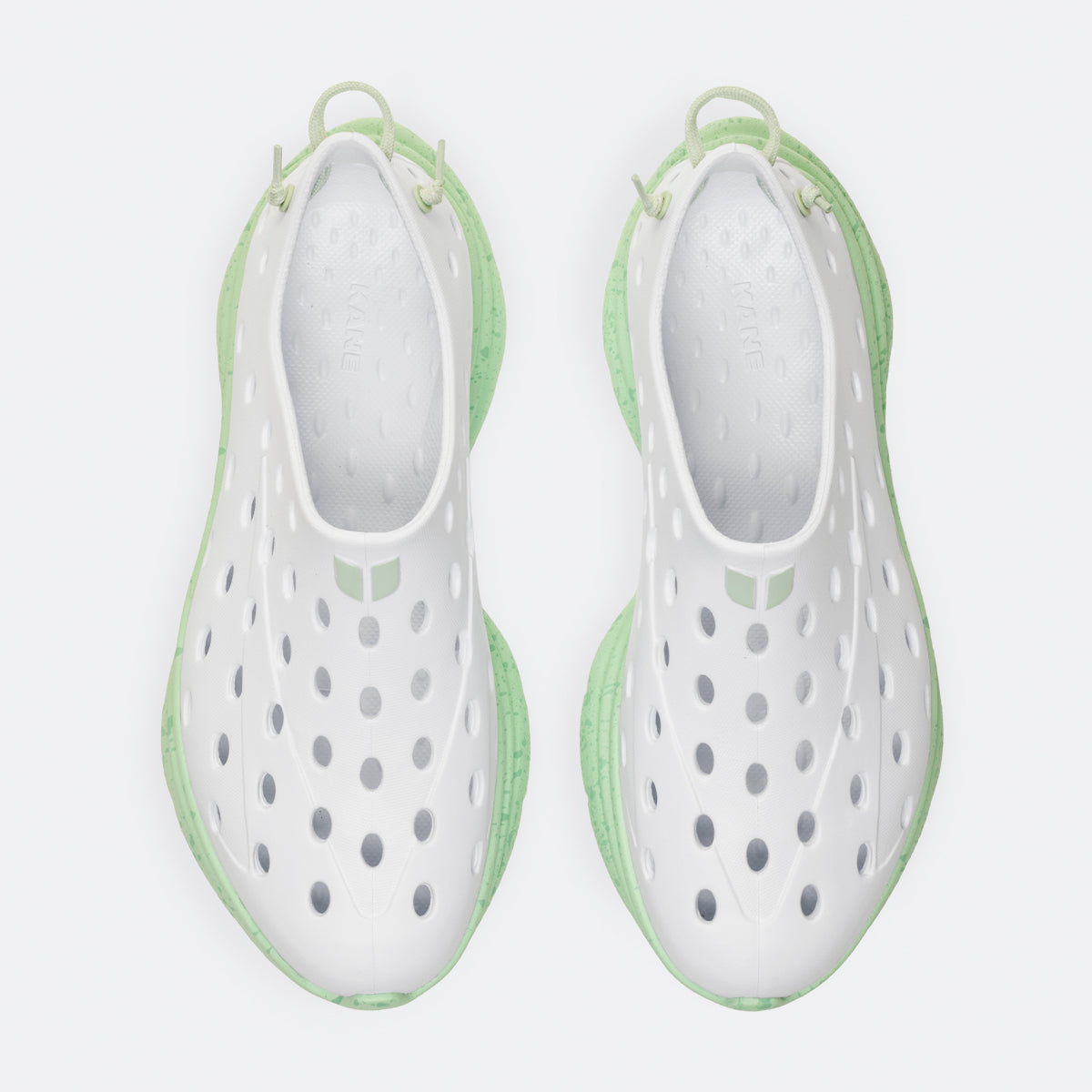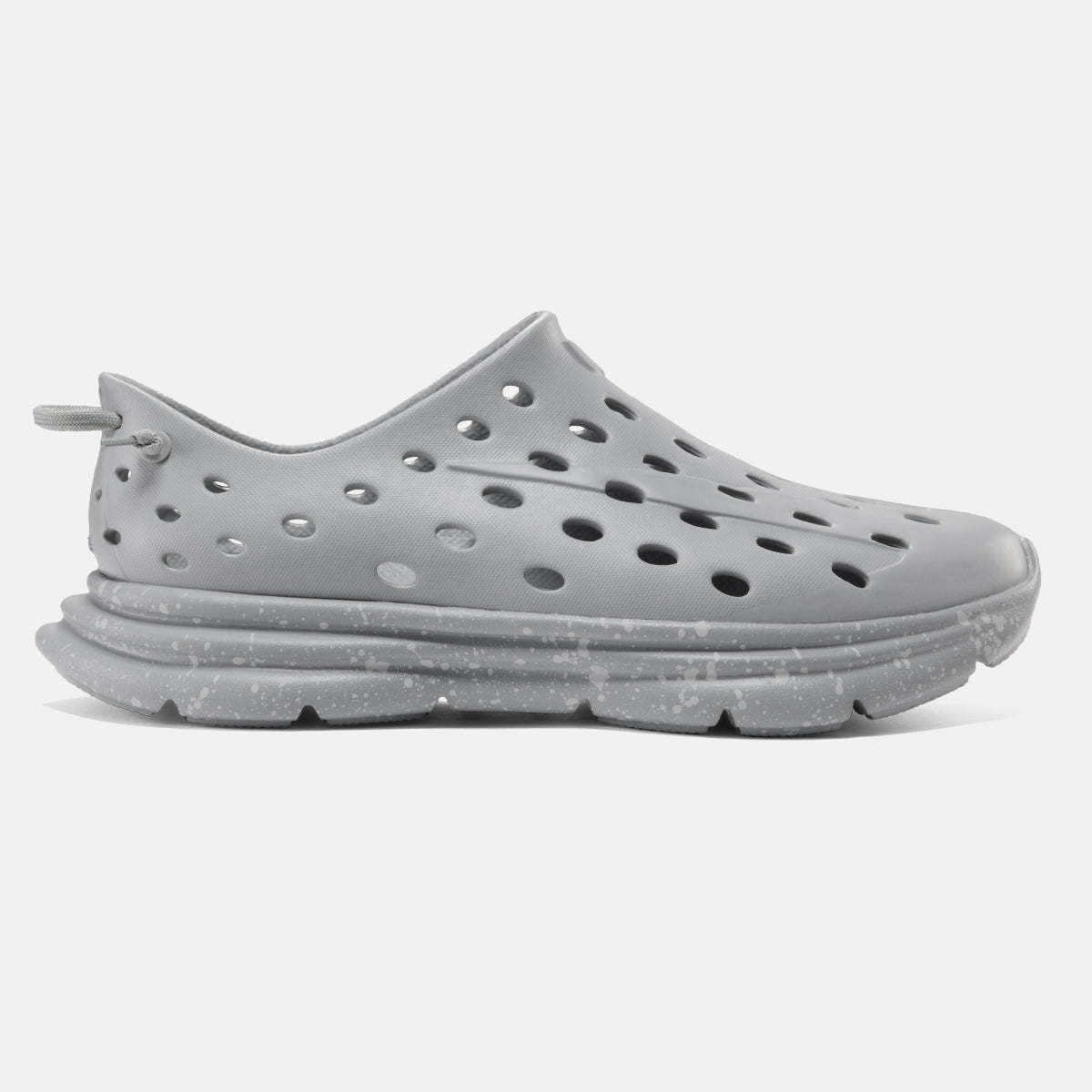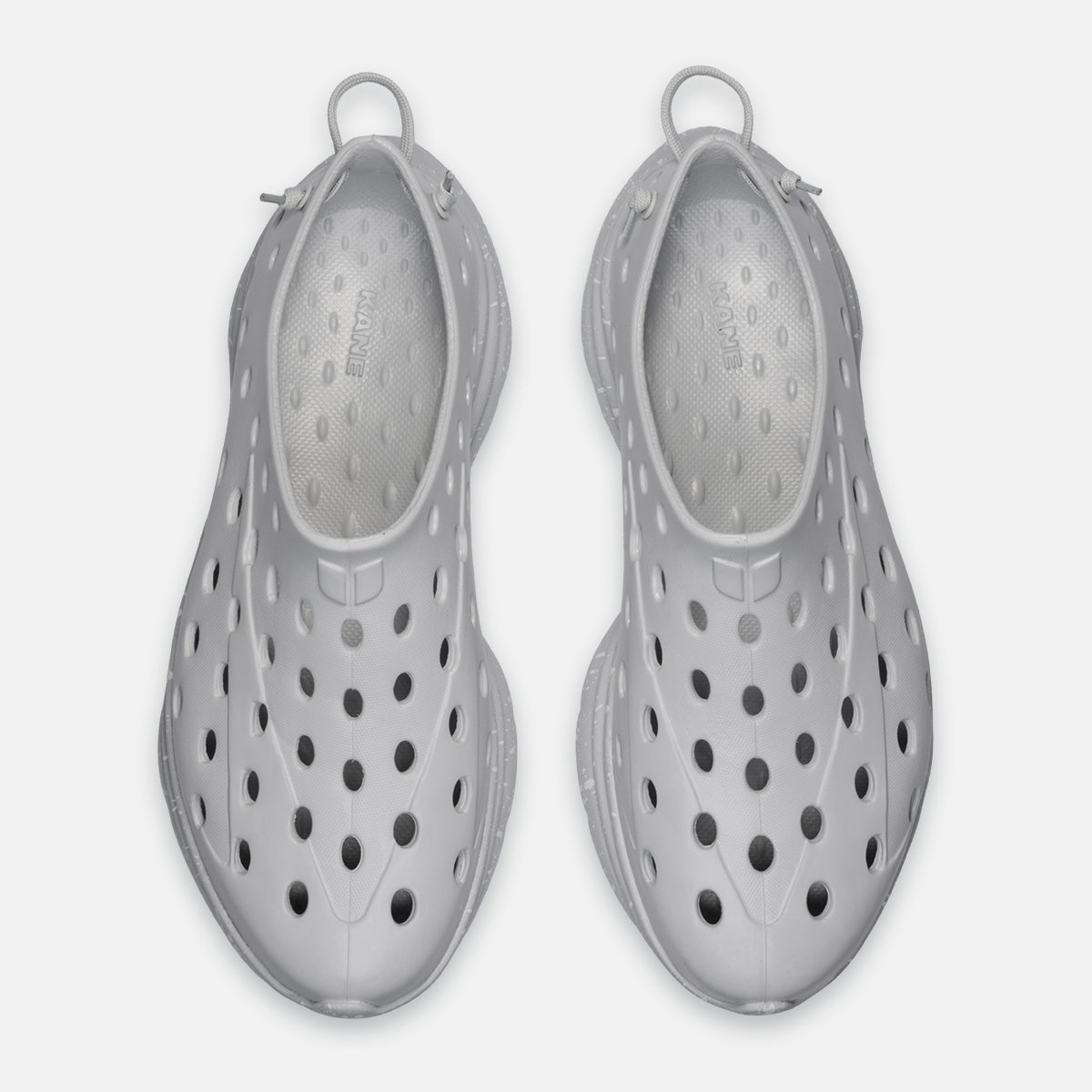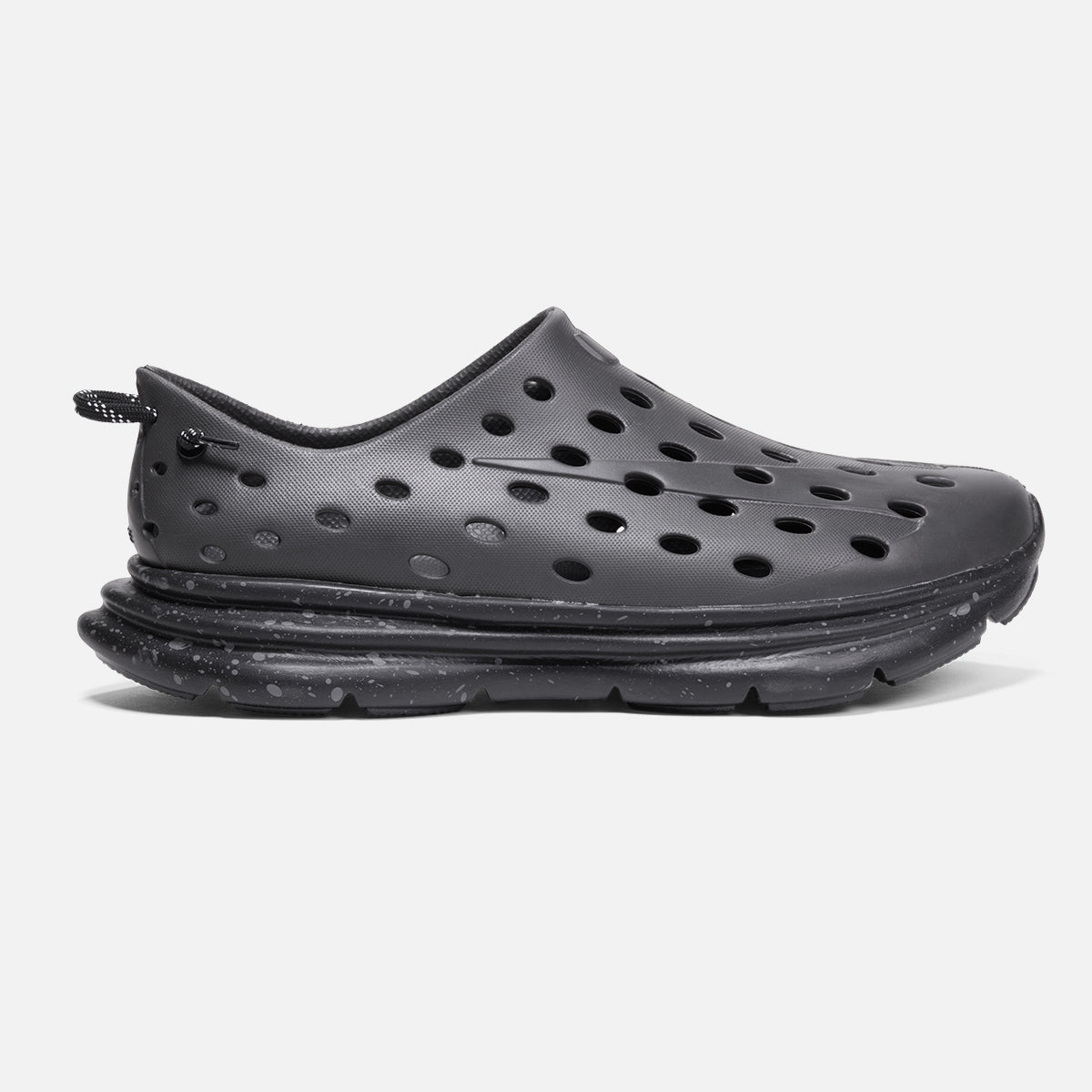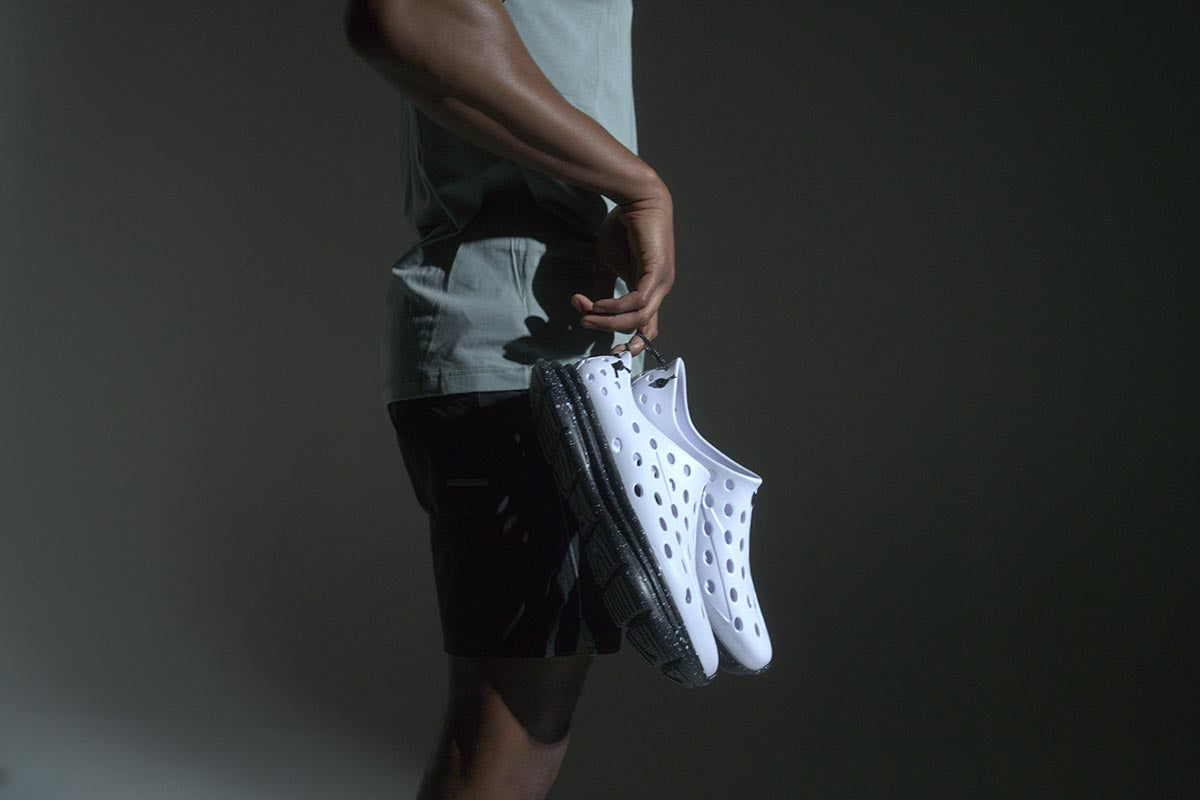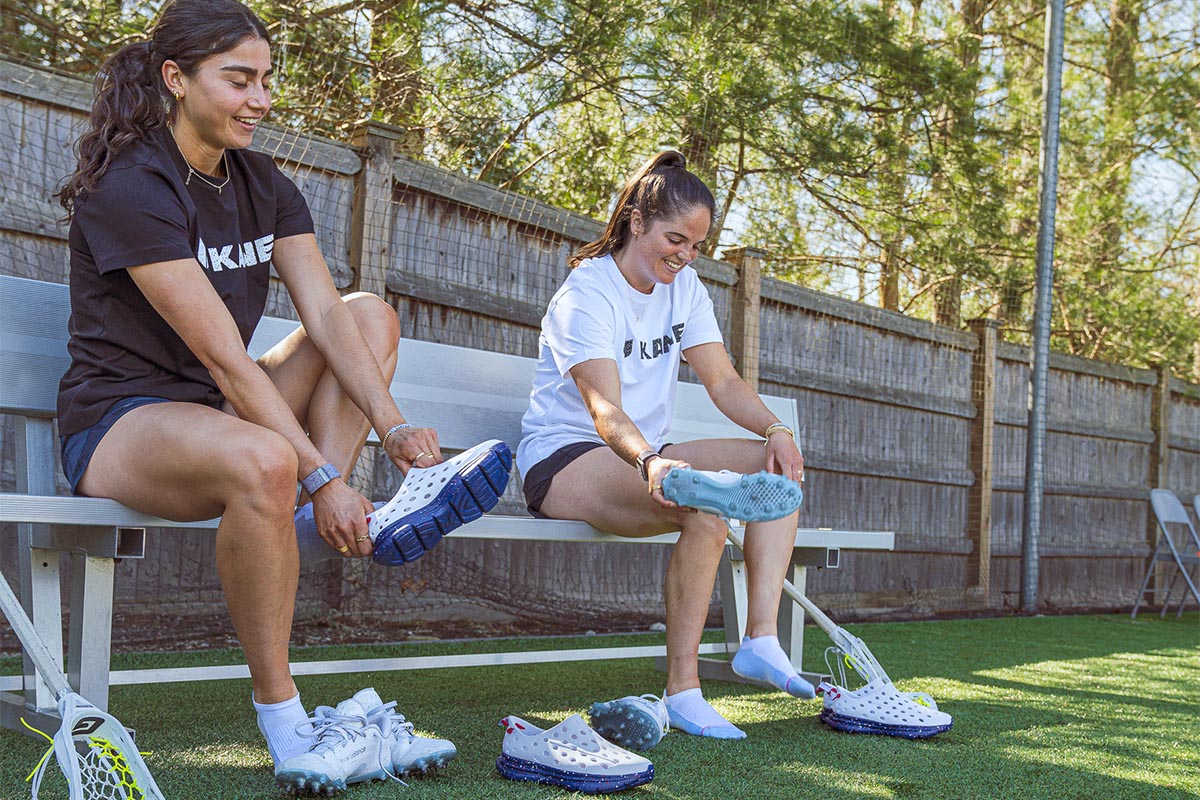Whether planning a day at the beach, heading out for a swim, or preparing for an adventurous sport, having the right pair of water shoes is essential. Water shoes are specifically designed to protect your feet in wet environments and provide superior traction on slippery surfaces. Choosing the right size and style can make all the difference. In this post, we'll guide you through everything you need to know about finding the perfect pair, including how they should fit, sizing tips, and buying advice.
Understanding water shoes: Types and uses
When venturing into any environment where your feet might get wet, it's crucial to have the proper footwear to protect against sharp objects, slick surfaces, and other potential hazards. Water shoes are designed specifically for wet places, offering protection, support, and comfort.
Understanding the various styles and their intended uses can help you choose the right pair for your needs, whether you're heading to the beach, swimming, or exploring rocky shores. Here's a breakdown of the most common types:
Aqua shoes
Lightweight and flexible, this type is perfect for beaches and casual water activities. They're designed to protect you from sharp objects like rocks and shells while offering a close fit that feels almost like a second skin.
Water sneakers
This style of water shoe offers more support and protection than aqua shoes and is ideal for more rugged activities such as hiking in wet environments or water sports like kayaking. The rubber sole provides excellent grip and shock absorption, which is crucial when navigating slick surfaces.
Closed-toe water shoes
Closed-toe styles provide maximum protection against potential hazards and are ideal for activities like scuba diving or traversing rocky shores. They often feature a mesh or neoprene upper to ensure comfort and quick drying.
Water sandals
Offering a mix of comfort and functionality, water sandals are great for times when you might be transitioning between wet and dry environments, such as portaging a canoe. Water sandals provide some protection while allowing your feet to breathe.
Importance of proper fit in water shoes
Choosing the right fit for wet-condition footwear is more than just a matter of comfort—it's about safety and performance, too. Footwear that fits properly reduces the risk of blisters, and offers better control during activities like swimming or water sports. A snug and secure fit ensures that your footwear will stay on, providing continuous protection and support no matter where your adventures take you.
A proper fit is crucial for several reasons:
-
Safety:
A close fit ensures they stay securely on your feet, preventing potential injuries - Comfort: A perfect fit helps avoid chafing and discomfort, which can quickly ruin your day at the beach or out on the water
- Performance: Whether swimming, hiking, or engaging in other water sports, a good water shoe will enhance your performance by offering grip and security
How to determine the right size for water shoes
Selecting the correct size can be a bit different from choosing regular shoes. Getting the size right is essential to ensure maximum comfort and functionality. Consider several factors—such as shape and the specific activity you’ll engage in—when determining the best size. Taking the time to measure your foot and compare it against sizing charts can make a big difference in how your footwear performs.
How should water shoes fit?
This is one of the most common questions people have when shopping for them. To find the right size, start by measuring your foot at the end of the day when it's most swollen. Use a sizing chart to compare your measurements with those provided by the shoemaker you're interested in.
Remember that they should fit snugly without being too tight. If you're between sizes, consider the type of activity you'll be doing. For example, a closer fit might be preferable for swimming or more active water sports, while a slightly looser fit could be more comfortable for less strenuous activities.
Key factors to consider when buying water shoes
Not all water shoes are created equal. Finding the perfect pair depends on your specific needs, the activities you'll be doing, and the environment you'll be in. From materials and fit to unique features and styles, this section will guide you through the factors to consider when choosing them.
Material and construction
The right material can make all the difference when it comes to performance in various conditions. Mesh materials are excellent for breathability and dry quickly, while neoprene offers insulation. Rubber soles are crucial for good grip and preventing falls on wet and slick surfaces.
Fit and comfort
It's essential to ensure your footwear fits well enough to stay on but not so snug that it causes pain. A good fit prevents them from being lost in the water while keeping you comfortable.
Closure types
There are different closure types such as laces, Velcro, or slip-on designs. These elements enhance the shoe's functionality, and shoemakers sometimes tailor them to specific activities, making them a great choice for a walk on rocks or navigating slippery decks.
Sole type and traction
The sole type determines how well the shoe will perform on various terrains. Soft soles are suitable for beaches, while rugged soles with deeper treads are better for rocky or uneven surfaces. Look for a shoe with traction to prevent slips and falls.
Weight and flexibility
Lightweight footwear with flexible materials is ideal for activities requiring agility, such as swimming or beach volleyball. You may need a sturdier shoe with more support for more rugged activities.
Trying on water shoes: What to look for
Finding the right footwear isn’t just about selecting the correct size; it’s also about ensuring they meet your needs in terms of fit and comfort. Trying on different pairs and paying attention to how they feel on your feet can help you avoid common issues like blistering, discomfort, and poor support. By understanding what to look for during the fitting process, you can choose footwear that will keep you comfortable and protected.
When trying them on, here are a few tips to ensure you get the right water shoes:
Check for a snug fit
They should fit close but not too tight. You want to ensure the heel doesn't slip and you feel secure inside the shoe.
Walk around
Try walking around in them to check for comfort and any potential pressure points. Ensure the shoe molds to you, providing a secure but comfortable fit.
Read reviews and check sizing charts
When shopping online, always check the sizing charts and read customer reviews for insights on how they fit and feel.
Breaking in your water shoes
Even the best footwear needs time to become truly comfortable. Like regular shoes, breaking in a new pair can prevent blistering and ensure a better fit over time. This process is especially important if you're planning to wear them for extended periods or vigorous activities. By gradually introducing your new footwear to water, you can ensure they provide the comfort and support you need from the start.
Try out your footwear around the house or for short outings in drizzly conditions to allow the material to give. Follow these tips for breaking them in:
- Try them in water to soften the materials, making them more comfortable
- Gradually increase the duration to avoid blisters and chafing
Maintenance and care tips for water shoes
With a little extra care, your footwear will last much longer. Proper maintenance—from cleaning and drying to storage—will help keep them in great shape, ensuring they continue to provide comfort, security, and traction for years to come.
Discover the best tips for caring for them so they’re always ready for your next adventure.
- Cleaning tips: To extend their life, rinse them thoroughly after each trip to the beach, lake, or pool to remove salt and debris. Regular cleanings help prevent odors and will help keep them looking new.
- Drying and storage: After rinsing, allow them to air dry completely before storing them. Making sure your shoes are completely dry is your best bet to prevent mold and mildew from forming, especially if the shoes are made of neoprene or other materials that retain water.
- Maintaining traction: Scrub the soles lightly after each use to keep them clean. This ensures the shoes remain slip-resistant, providing the traction you need for slick surfaces.
Conclusion
Finding the right pair of shoes involves considering factors like fit, material, and your intended use. Whether swimming, hiking, or just walking on sandy beaches, the right water shoe will provide protection, comfort, and excellent traction. Use this guide to make an informed choice and enjoy your next adventure with confidence.
Frequently asked questions
Should you size up or down for water shoes?
When deciding whether to size up or down, consider the specific brand and style of the shoe. Many water shoes are designed to fit snugly to prevent them from slipping off in the water, which often means they might feel tighter than regular shoes. Consider sizing up if you have wide feet. However, most people should stick with their actual size or even size down if they're between sizes. A tighter fit will ensure the shoes stay securely on your feet and provide better control and movement in water activities. Always check the brand's sizing chart and read customer reviews to understand if the shoes run large or small.
How snug should water shoes fit?
Water shoes should fit snugly, almost like a second skin. A close fit helps ensure that the shoes won't come off during vigorous water activities—such as swimming, kayaking, or water sports—and reduces the risk of blisters caused by rubbing. However, they shouldn't be so tight that they cause discomfort or restrict blood circulation. A properly fitting water shoe will feel like it's hugging your foot without pinching. The heel shouldn't slide out when you walk, and there should be minimal space between your toes and the front of the shoe. This snugness helps prevent slipping on slick surfaces by maintaining optimal contact between you and the shoe's sole.
Are water shoes supposed to be loose?
No, water shoes are not supposed to be loose. A loose fit can lead to several issues, including a lack of stability and an increased risk of slipping. Loose water shoes can also cause blistering due to excessive rubbing. Plus, water shoes are designed to shield your feet from sharp objects, hot sand, or rough surfaces. A loose fit could compromise this. Instead, aim for a fit that feels secure without being overly tight, allowing for natural movement while keeping your feet safe and stable.
How do you fit water shoes?
Fitting water shoes involves several steps to ensure you get the perfect fit:
- Measure your foot: Start by measuring your length and width at the end of the day when your feet are at their largest. Use a ruler or measuring tape to get an accurate measurement from your heel to the tip of your longest toe and across the widest part of your foot.
- Consult size charts: Check the size chart provided by the manufacturer, as sizes can vary significantly between brands. Some brands may also offer recommendations for sizing up or down based on the shoe's fit.
- Try them on: When possible, try on water shoes in person, ideally at the end of the day or after exercise, when your feet are slightly swollen. Try them on with any insoles you plan to use with the shoes.
- Walk around: Walk around in the shoes to check for comfort and ensure there's no pinching or pressure points. Make sure your heel stays in place for a close but comfortable fit.
- Check for specific features: Look for features such as a secure closure system (like adjustable straps, laces, or Velcro) to help customize the fit. Ensure the shoe material provides enough flexibility and comfort while still offering the security you need.
Following these steps, you can find water shoes that will offer a snug, comfortable, and secure fit, making all your water-related activities as enjoyable as a day at the beach.


